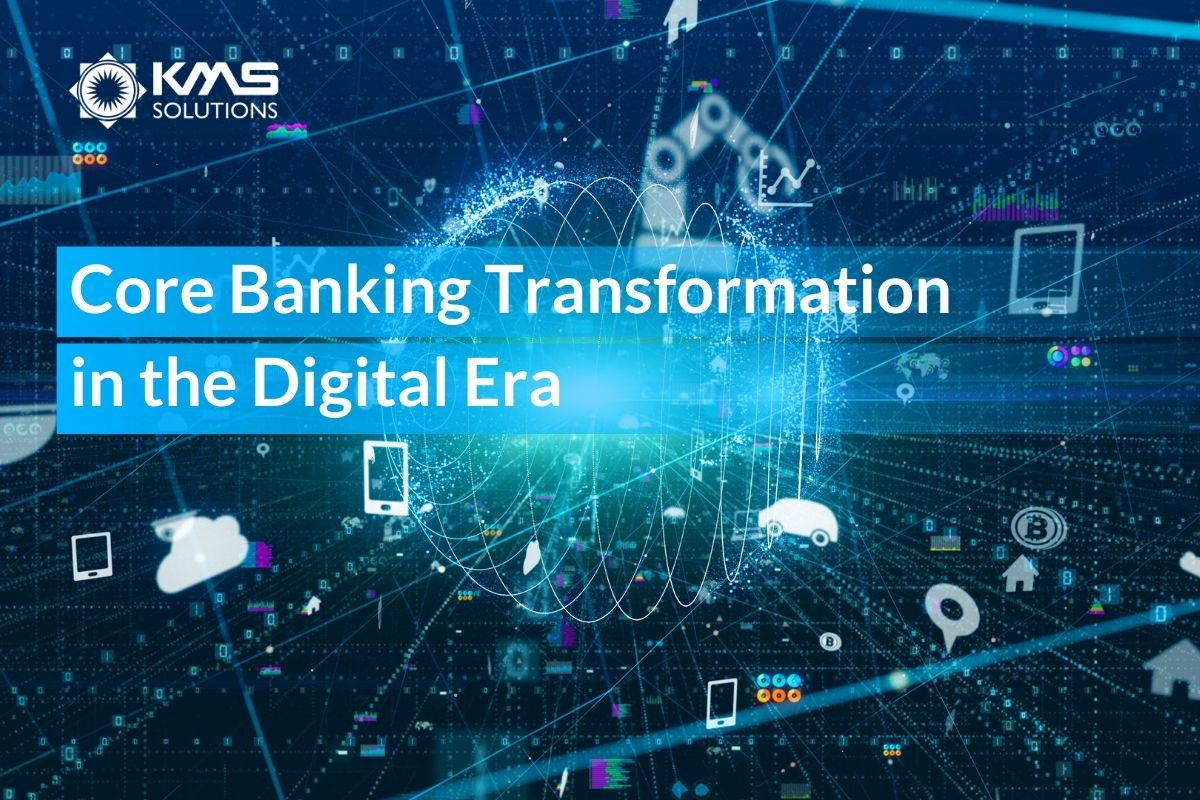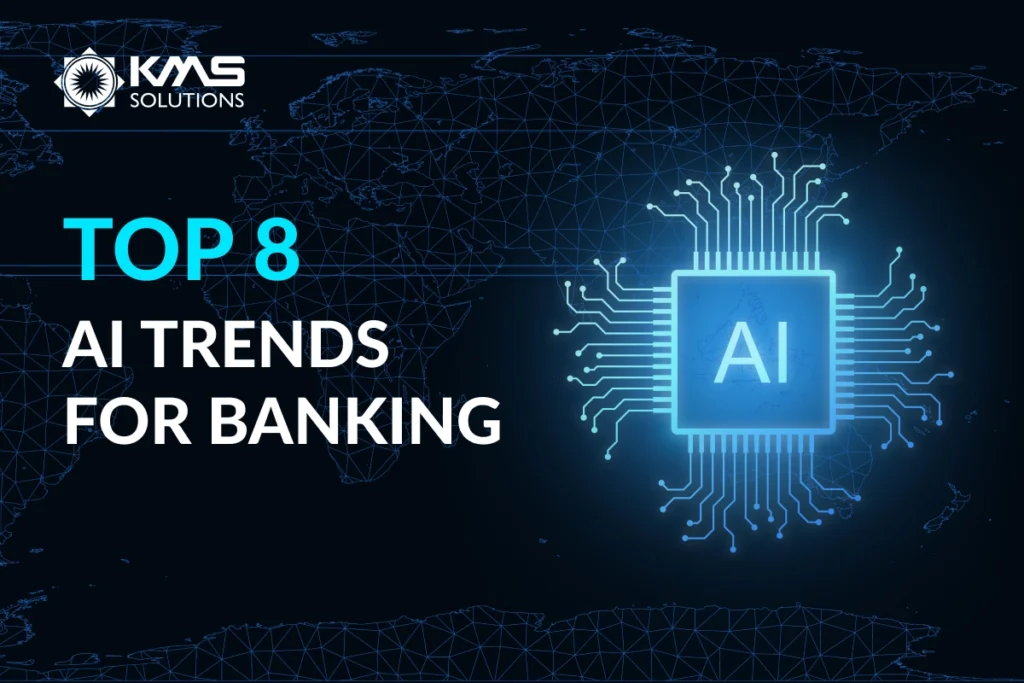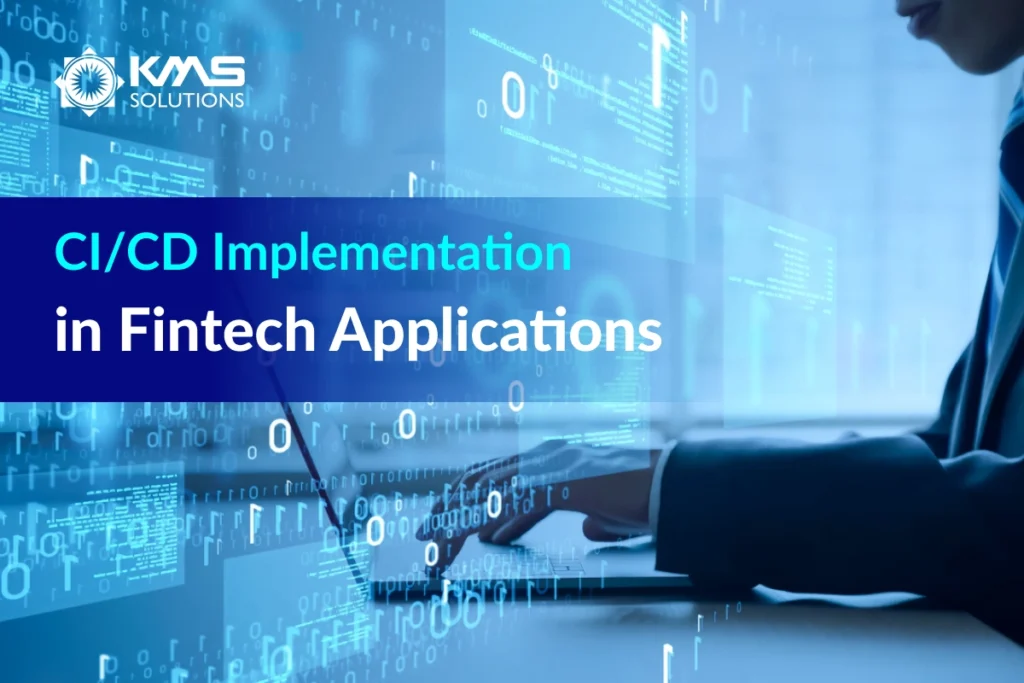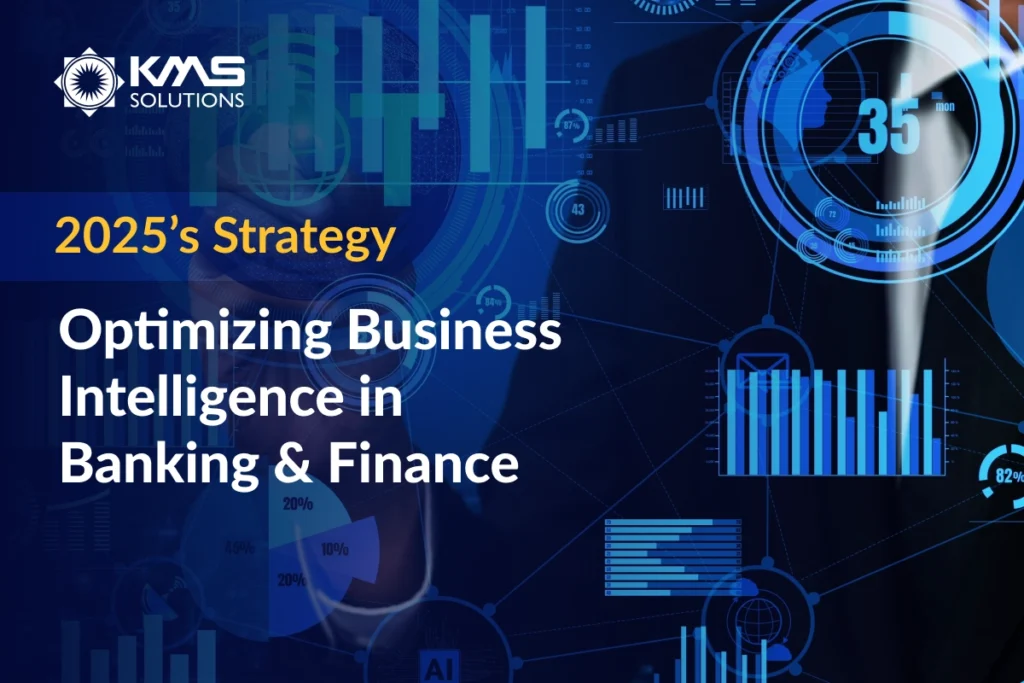In the digital era, the role of core banking has become more crucial than ever for institutions in the BFSI sector. Core banking not only enhances operational efficiency but also serves as the foundation for implementing digital banking initiatives, improving customer experience, increasing productivity, and scaling capabilities. Modernizing core banking systems is not just about keeping up with trends; it is essential for maintaining competitiveness, adapting to regulatory requirements, and meeting heightened customer expectations in an increasingly digital environment.
Understanding Core Banking Transformation
Core banking transformation involves replacing legacy systems with modern, more suitable systems that meet the current demands of both the institution and its customers. The main drivers for this transformation are changing customer needs, new government regulations, and rapid technological advancements.
Customer expectations have evolved towards more personalized, real-time interactions, while regulatory pressures require increased transparency, data security, and compliance. This change enables banks to not only meet new demands but also innovate and expand their features and services, offering competitive differentiation in a crowded marketplace.
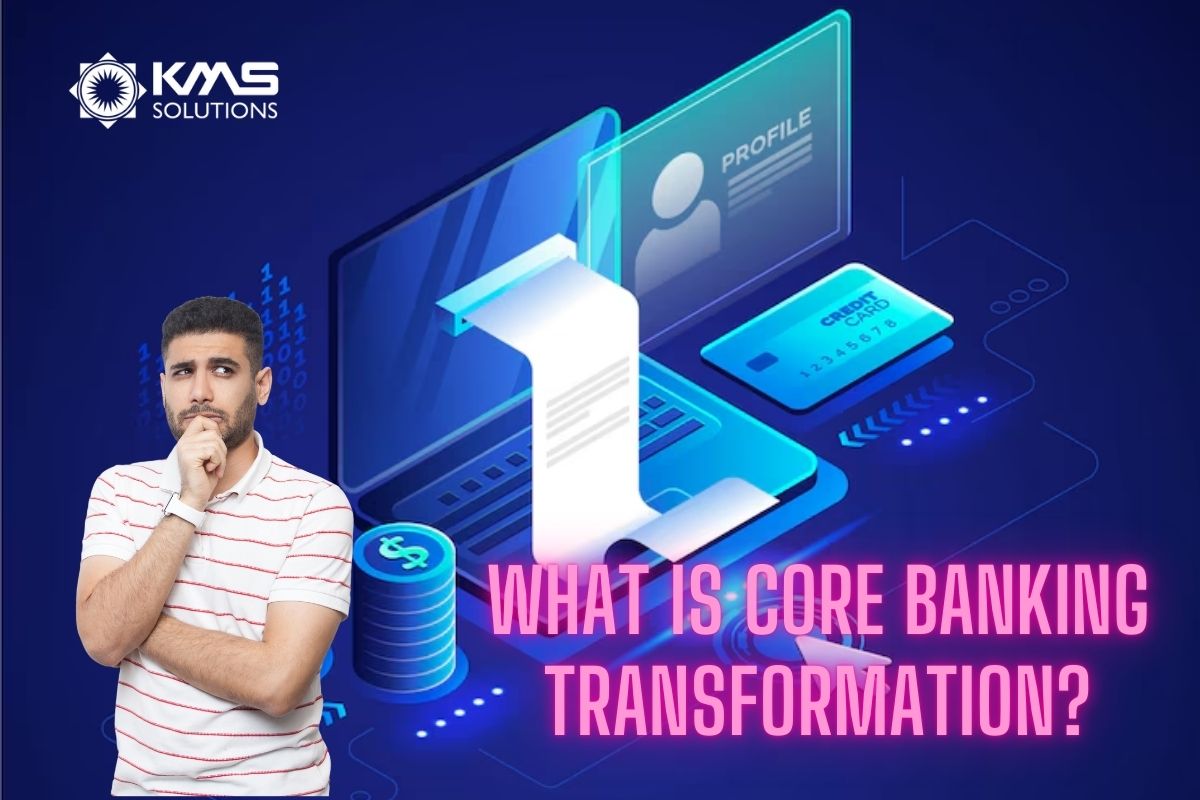
The Role of Core Banking in Digital Banking
Core banking systems are pivotal in integrating with digital channels, ensuring a consistent and seamless customer experience across all points of interaction. In the BFSI industry, customers now expect interactions to be available anytime, anywhere, whether through a mobile app, a web portal, or in-branch. Modern core systems support digital payments, real-time transaction processing, and provide self-service options, all of which enhance customer satisfaction. Moreover, integrating core banking with other digital platforms enables a unified omnichannel experience, ensuring that customer information is synchronized and accessible across all channels.
Key Elements of Core Banking Transformation
Modernization of Legacy Systems
Transforming legacy core systems presents significant challenges, such as system downtime, data migration issues, and retraining staff. However, modernization brings substantial benefits, including operational efficiency, faster time to market for new products, and reduced maintenance costs. BFSI institutions can leverage modern platforms to introduce innovative products quickly and respond to changing market dynamics effectively.
Cloud Migration: A Key Pillar of Core Banking Transformation
Migrating core systems to the cloud offers numerous benefits beyond just cost savings. For BFSI institutions, cloud adoption provides the scalability needed to handle peak transaction volumes, increases operational agility, and offers enhanced disaster recovery capabilities. The cloud also facilitates collaboration and integration with fintech partners, creating an ecosystem that is more adaptable to changes in customer demand. Cloud migration also allows banks to reduce dependency on physical infrastructure, which can lead to a reduction in long-term operational costs.

From Monolithic to Modular: The Evolution of Core Banking Systems
Modern core banking transformation often involves shifting from traditional monolithic systems to modular architectures. Modular systems provide flexibility, allowing banks to incrementally upgrade features without massive overhauls. This adaptability ensures that BFSI institutions can respond more effectively to market demands, integrate new technologies seamlessly, and continuously innovate their offerings. By transitioning to modular, cloud-native solutions, banks can leverage a plug-and-play model that accelerates the integration of third-party solutions, such as fintech services.
APIs and Open Banking
APIs play a critical role in connecting core systems with fintech, third-party services, and other financial institutions. Open banking initiatives are particularly important in the BFSI sector, as they enable secure sharing of customer data to provide a more personalized experience, foster innovation, and drive new revenue streams. APIs allow for seamless integration with third-party applications, giving banks the flexibility to extend their services, such as offering embedded finance and value-added services. The modular nature of modern core banking systems makes API integration more straightforward, enhancing connectivity across different platforms.
Customer-Centric Transformation
In the BFSI industry, transforming core banking should always place the customer at the center. Banks are increasingly leveraging data analytics to understand customer preferences and behavior. Personalization, whether through product offerings, communication, or tailored services, plays a crucial role in customer retention and growth. Enhanced customer experience is achieved by delivering more relevant services, simplifying processes, and providing real-time engagement across all touchpoints.
Roadmap for Successful Core Banking Transformation
To successfully transform core banking systems, BFSI institutions should follow a well-defined implementation roadmap:
1. Open & Modular Core: Building a Flexible Foundation
For banks to truly excel in the digital age, the first step is to “clean up” the core. This involves eliminating customizations and adopting standardized software and APIs. A modern core solution shouldn’t stop there; it should provide end-to-end capabilities, including business logic, core functions, and pre-configured banking platforms that can seamlessly integrate plug-and-play third-party services. This modular approach ensures flexibility and scalability as banks evolve.
2. Two-Platform Architecture: Enhancing Flexibility and Efficiency
To remain agile and responsive to changing business needs, we recommend a two-platform architecture.
Platform 1: The Business Platform
This cloud-based platform is dedicated to business functionality. By isolating business services from the core, banks can rapidly innovate and develop customer-centric, cloud-native processes. This approach allows them to deploy new solutions independently, without disrupting core operations.
Platform 2: The Digital Core
The digital core platform manages core banking functions, ensuring the highest levels of reliability, performance, and security. By separating the core operations from business functionality, banks can leverage innovation from core vendors without affecting day-to-day business operations.
3. Cloud Enablement: Accelerating Growth with Cloud Technology
Transitioning to the cloud enables banks to reduce operational costs while fostering innovation. Through cloud deployment, banks can easily integrate third-party tools and services, enhancing their product offerings and customer experiences. Cloud technology also provides flexibility to choose between on-premise, private or public cloud, or hybrid models, ensuring the deployment strategy aligns with current or future business needs. Core banking providers must offer a range of deployment options to avoid vendor lock-in, supporting the seamless transition to the cloud.

4. Smart Data & Analytics: Unlocking Real-Time Insights
Modern banking demands real-time data to meet the expectations of today’s consumers. Customers want their bank to anticipate their needs and deliver personalized services through preferred channels at the right time. Achieving this requires banks to centralize their data and ensure it is accessible in real time.
Benefits of Core Banking Transformation
Core banking solutions deliver significant benefits to both financial institutions and their customers. Let’s explore how transforming core banking systems can bring about substantial improvements.
Boosted Operational Efficiency
Transforming core banking systems helps automate numerous manual processes that would typically require extensive human effort. By streamlining backend tasks, banks can enhance the productivity of their front-line staff. This enables employees to focus on more strategic functions, such as fostering customer relationships and improving overall service quality.
Enhanced Security and Data Protection
Security is paramount in the banking industry. A breach in customer data or the loss of sensitive information can result in severe financial and reputational consequences. Core banking solutions are designed with robust security protocols that safeguard critical customer information, ensuring that banks can operate confidently without the fear of data compromises.

Significant Cost Reduction
Implementing modern core banking solutions helps banks lower their operational and support costs. With services such as internet banking, mobile banking, and ATMs, banks can reduce the need for in-branch interactions. This enables location-independent banking, allowing customers to carry out a variety of transactions from anywhere, reducing the bank’s infrastructure and support expenses.
Strengthened Customer Loyalty
Core banking transformation enhances customer satisfaction by making banking services more accessible and convenient. Customers no longer need to visit physical branches for every transaction. Processes such as loan approvals, account openings, and service modifications are streamlined and more efficient, leading to a higher level of customer satisfaction. As a result, banks see a significant boost in customer loyalty and retention.
Challenges in Core Banking Transformation
Integration with Legacy Systems and Data Migration
Integration with legacy systems and the complexity of migrating critical data are major challenges that must be carefully managed to mitigate risks. Cloud migration, for instance, requires careful planning to ensure that data integrity is maintained throughout the process. Additionally, BFSI institutions must address concerns related to data security and privacy, particularly given the sensitive nature of financial information.
Regulatory Compliance and Security Risks
Core banking transformation involves numerous security and regulatory challenges. To ensure compliance, BFSI institutions must adhere to frameworks like GDPR and PSD2 and employ advanced security measures, such as TLS encryption and regular security audits.
Cost and Talent Acquisition
The financial investments required are substantial, and institutions must justify costs with expected long-term benefits, such as increased agility, better customer engagement, and reduced operational expenses. Talent acquisition and retention are also critical, as the transformation requires highly skilled personnel in cloud computing, cybersecurity, and change management.

Key Success Factors for Core Banking Transformation
Leadership and Vision
Strong leadership support and a clear digital vision are critical for transformation success. In the BFSI sector, this often means having executives who understand both the technological and regulatory landscapes and can align transformation goals with broader business objectives.
Choose the Right Implementation Approach and Agile Methodologies
Implementing a new core banking system can be a complex and time-consuming process. To ensure a smooth execution, it’s crucial to have a solid implementation strategy in place to minimize manual effort and reduce the overall time required. Additionally, a comprehensive data migration plan and clearly defined timelines are essential for a successful transition.
Moreover, using Agile methodologies allows banks to make incremental changes without disrupting daily operations. This approach helps BFSI institutions reduce risks and adapt to unforeseen challenges while ensuring the continuity of essential services.
Partnership with Technology Providers
Choosing the right technology partner is crucial in the BFSI sector, where the stakes are high, and compliance requirements are stringent. Institutions should work with providers who have proven expertise in the financial services industry, a deep understanding of security standards, and experience in managing complex transformations. Leveraging these partnerships helps banks mitigate risks and ensure access to cutting-edge technology.
Core Banking Transformation that KMS Solutions Provide
Banking Platform Transformation
At KMS Solutions, we specialize in helping banks navigate the complexities of core banking transformations. Our expertise ensures that your IT infrastructure is fully aligned with your business goals, allowing you to optimize processes and close any gaps along the way. From legacy system upgrades to vendor selection and migration management, we provide support at every step of your transformation journey.
We craft tailored processes and offer seamless migration and cutover services, ensuring that your transformation is executed with precision and efficiency.
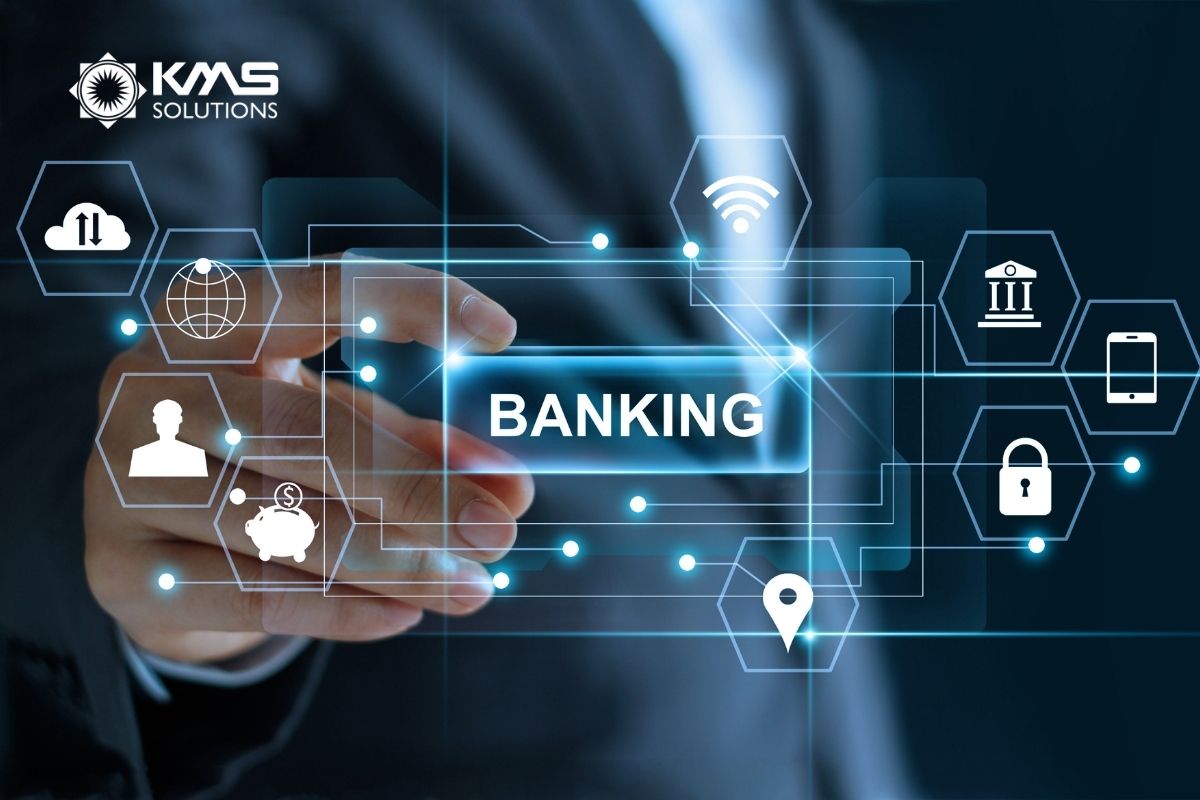
Ecosystem Integration for Seamless Banking Services
As the banking landscape evolves, integrating new players into your product ecosystem becomes crucial for expanding your service offerings. KMS Solutions assists you in assessing your readiness for ecosystem banking, guiding you through the process of differentiating your services from new partners.
We help you select the right partners and work closely with your IT architects to ensure smooth technical integration, enabling you to build a connected, future-ready banking ecosystem.
Conclusion
In summary, core banking transformation is a crucial element in the digital transformation journey of BFSI institutions, helping them maintain competitiveness, adapt to regulatory changes, and deliver superior customer experiences in a rapidly changing market. The transformation is not only about upgrading technology but also about embracing a customer-centric mindset, fostering innovation, and building resilience.
BFSI institutions should reassess their current core banking capabilities and develop a strategic plan for transformation. Partnering with experienced technology providers like KMS Solutions can significantly ease this transformation journey.
At KMS Solutions, we specialize in core banking modernization, offering expertise in cloud migration, API integration, and customer-centric solutions to help BFSI institutions thrive in the digital era. To explore how KMS Solutions can assist in your transformation, visit Digital Banking System Transformation!




